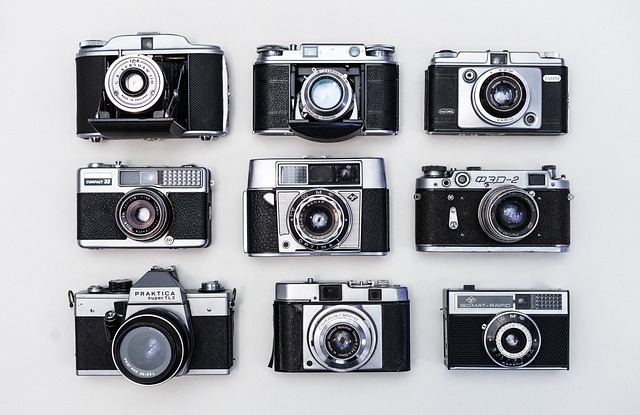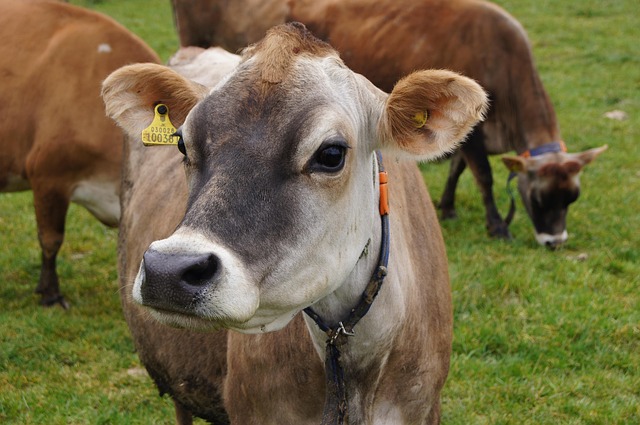Understanding Fashion Marketing
Fashion marketing is an exhilarating blend of creativity and strategy that brings the latest trends to life. In a world where style speaks louder than words, capturing the essence of your fashion brand can feel like an art form. Whether you’re an emerging designer or an established brand, understanding the key components of fashion marketing is essential for success.
The Importance of Branding
At the heart of any effective fashion marketing strategy lies a strong brand identity. Your brand is not just a logo or a tagline; it’s the embodiment of your values, vision, and connection with your audience. Building an emotional connection can lead to loyal customers who resonate with your story and aesthetic. Think about iconic brands and how their image shapes consumer perceptions. That’s the power of branding!
Leveraging Social Media
In today’s digital age, social media has emerged as a game-changer in the world of fashion marketing. Platforms like Instagram, Pinterest, and TikTok allow brands to showcase their collections directly to consumers. High-quality visuals and engaging content can turn followers into loyal customers. Influencer partnerships can further amplify your reach, introducing your brand to diverse audiences. Remember, authenticity is key—collaborate with influencers whose style aligns with your brand for genuine exposure.
Emphasizing Sustainability
As the fashion industry evolves, sustainability has become a pivotal aspect of fashion marketing. Consumers today are increasingly aware of their purchasing impact, often opting for brands that prioritize ethical practices. Highlighting your commitment to sustainability not only enhances your brand image but also resonates deeply with eco-conscious consumers. Strategies might include showcasing sustainable materials, ethical production processes, or initiatives that give back to the community.
Creating Engaging Content
Storytelling is a powerful tool in fashion marketing. Crafting engaging content that highlights your designs and brand ethos can captivate your audience. Consider blog posts, videos, or lookbooks that delve into the inspiration behind your latest collection or the craftsmanship involved in your designs. Behind-the-scenes glimpses can further humanize your brand, creating a sense of intimacy and connection that draws customers closer.
Utilizing Data and Analytics
Understanding consumer behavior through data and analytics is crucial in today’s competitive landscape. By analyzing metrics such as engagement rates and sales patterns, you can fine-tune your marketing strategies to better meet your audience’s needs. Data can reveal insights into which styles resonate most, guiding your future collections and promotional efforts.
Experiential Marketing
In the fashion world, experiences can be just as impactful as the products themselves. Hosting events, pop-up shops, or fashion shows can create excitement and visibility for your brand. These opportunities allow potential customers to engage with your brand on a personal level, facilitating an emotional connection that online interactions often lack. Consider the unique elements you can bring to a physical space that will leave a lasting impression.
Staying Trend-Forward
The fashion industry is synonymous with rapid change. Being trend-forward is a crucial aspect of fashion marketing. Keeping your finger on the pulse of industry trends, consumer preferences, and cultural conversations can help you stay relevant. Attend fashion weeks, follow influential blogs, and engage with fashion communities to remain in the know. Adapting quickly to emerging trends allows your brand to continuously attract attention and interest.
By effectively harnessing these strategies in fashion marketing, you can unlock the potential for success in the vibrant world of fashion, connecting with consumers who share your passion for style and innovation.




